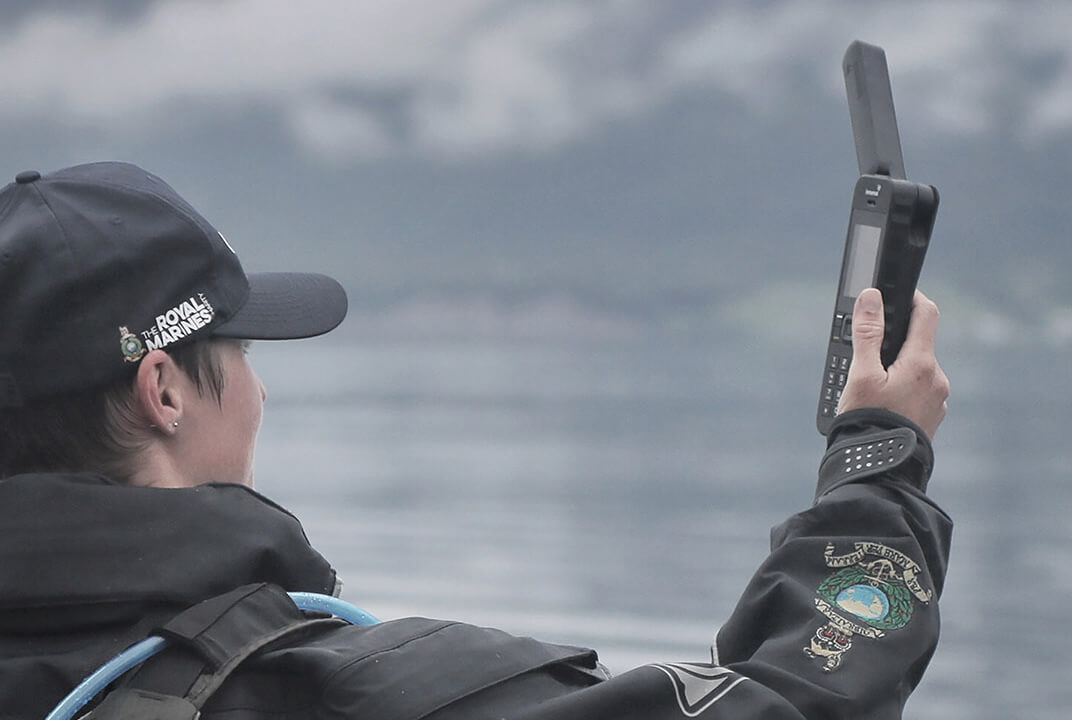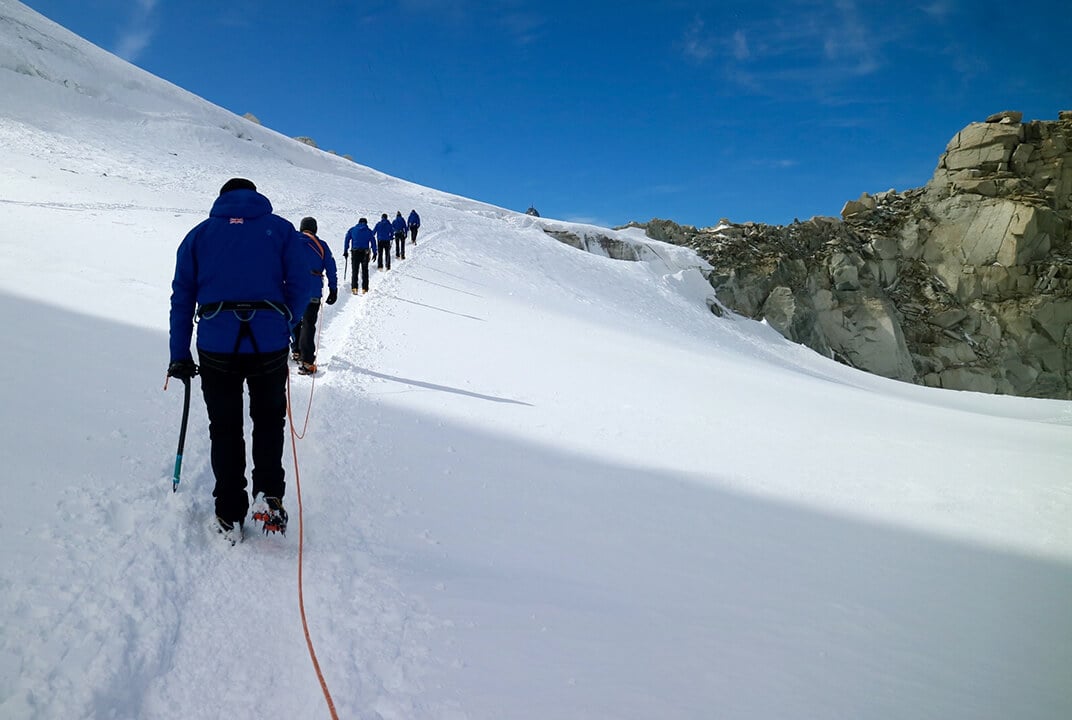Insight | Royal Marines travel 2,000 miles through Norway supported by Inmarsat
Royal Marines travel 2,000 miles through Norway supported by Inmarsat
Government
Captain Tim Pitcher Royal Marines and Norway 75 Director explains the importance of retelling the Commando history from World War II and having Inmarsat’s connectivity on hand for safety and to share the historic journey on social media.
This year will commemorate the 75th anniversary of the most famous special operation of World War II and arguably of all time – the raid on the Vemork heavy water plant in Telemark (Operation Gunnerside), a history familiar to all Commandos. Less familiar are the preceding and crucially formative Commando operations in Norway. Operations carried out by small, diverse and well-trained teams, relying on local Norwegian support to achieve strategically significant effects against the Nazis.
In commemoration of the Telemark raids and these lesser-known operations, this summer our own small, diverse, self-sufficient and (well) trained team retraced the routes and retold the stories of these original and audacious Commando operations.
After 18 months of planning, in early June we found ourselves some 500km into the Arctic Circle on the Norwegian-Russian border. In sub-zero temperatures, we began a rotation of cycling and sea kayaking to cross the entirety of Norway’s coastline, stopping each week to immerse ourselves in a pertinent Commando operation and to reset for the next phase.
Whilst this may not be perceived as operating at total reach ie polar expeditions or ocean crossings, very real risk to life still existed, especially in the high North where you have to take for granted how quickly you can become detached from support and how fast the weather can close in. In order to successfully execute these plans, an understanding of your limits is crucial; through providing a potent contingency, Inmarsat was able to increase our limits and as such, directly support us in achieving our mission.
Download the case study
Detached
Northern Norway quickly lived up to its shifting weather patterns and separate climates within the fjords. Our first paddle began in searing heat with strong currents against us, but we spent the morning and early afternoon battling through the discomfort of our dry suits (2°C-4°C water temp) and made it to our mid-way point. At a point of relative safety, but separated from our support vehicles with building katabatic winds delivering inclement weather, we called the rest of the team to recover the kayaks and help us keep to our tight schedule. With high fjords blocking mobile signal coverage, the Inmarsat IsatPhone 2 proved to be an invaluable piece of kit for this, and several other similar occasions.
Social
In order to bring our journey to life and immerse others in each historic and charitable sub-story, sharing as much as we could online was paramount. Whilst this was primarily run through the ever-strengthening mobile coverage as we moved South, there were still occasions where the BGAN terminal would need to be taken out to sit quietly in the background and churn away the daily Instagram and Twitter posts.
Welfare
Surrounding a busy time on the bikes and sea kayaks, constantly liaising with locals, replenishing supplies and working up new route plans, we would be lying if we didn’t say that we weren’t finding the time to follow the World Cup! With maintenance of morale being a key tenant of a successful team, we took it upon ourselves to link up to the BGAN, stream BBC 5 Live and all hover around the iPhone as England played Croatia in the semi-finals! As CSgt Rich Davison, N75 Team Member said: “Despite the loss, being able to follow the National team and support their World Cup efforts provided the N75 team with a much-needed boost ahead of further bad weather and significant cycling stages.”
We faced such a mix of challenges along the way and being able to share our journey via Inmarsat’s technology with family, friends and followers on social media helped us persevere in the original footsteps of the Commandos of World War II.
Since returning to the UK, our time has been devoted to pulling together the rich history that we re-surfaced during our time in Norway and also to the continued fundraising for good mental health in the Royal Marines Family. See the rest of our journey, support the Royal Marines Charity and delve into this rich Commando history here: www.norway75.com
About the author
As the Norway 75 Lead, Tim identified a key opportunity to harness huge amounts of pre-existing support for the Royal Marines and it’s Charity, and channel that into the commemoration of heroic and somewhat untold WWII Commando raids; a key part of the Royal Marines heritage and operational link to the country of Norway.
Tim, 27 grew up on the Isle of Wight and now lives in London. Shortly after graduating from the University of Exeter, he joined the Royal Marines as Commissioned Officer. Having spent most of the time before the Marines sailing on the Solent or English East Coast, as well as a strong family history in the sport, being on the water comes as second nature to him. Tim is also a keen road cyclist and skier.


